Tree Root Wire Basket. Remove or not to remove?
Jimmy Le
4 years ago
Featured Answer
Sort by:Oldest
Comments (22)
Filipe Custom Woodwork
4 years agoYardvaark
4 years agolast modified: 4 years agoRelated Professionals
Ballenger Creek Landscape Architects & Landscape Designers · Glassmanor Landscape Architects & Landscape Designers · Seabrook Landscape Architects & Landscape Designers · Alexandria Landscape Contractors · Waterbury Landscape Contractors · Galveston Landscape Contractors · Parkland Landscape Contractors · Reedley Landscape Contractors · Wallingford Landscape Contractors · Wilton Landscape Contractors · North Aurora Landscape Contractors · Carlisle Decks, Patios & Outdoor Enclosures · Columbia Decks, Patios & Outdoor Enclosures · Fort Worth Decks, Patios & Outdoor Enclosures · North Myrtle Beach Decks, Patios & Outdoor Enclosuressaccharum
4 years agoYardvaark
4 years agogardengal48 (PNW Z8/9)
4 years agolast modified: 4 years agoEmbothrium
4 years agolast modified: 4 years agol pinkmountain
4 years agoYardvaark
4 years agol pinkmountain
4 years agoJimmy Le
4 years agoYardvaark
4 years agoRevolutionary Gardens
4 years agoYardvaark
4 years agoJimmy Le
4 years agol pinkmountain
4 years agoYardvaark
4 years agogardengal48 (PNW Z8/9)
4 years agoYardvaark
4 years agoNidnay
4 years agogardengal48 (PNW Z8/9)
4 years agol pinkmountain
4 years ago
Related Stories

HOUSEKEEPINGOut, Darn Spot! Tips for Removing Carpet Stains
Know the right solutions and when to use them to prevent stains from pets, soda, chocolate, blood and more
Full Story
GARDENING GUIDESTree Care: Common Tree Diseases and What to Do About Them
Learn to recognize trees that may be affected by diseases or pests so you can quickly take action
Full Story
GARDENING GUIDESHow to Keep Your Trees Healthy
Ensure your trees’ vigor for years to come with these tips for protecting roots, watering effectively and more
Full Story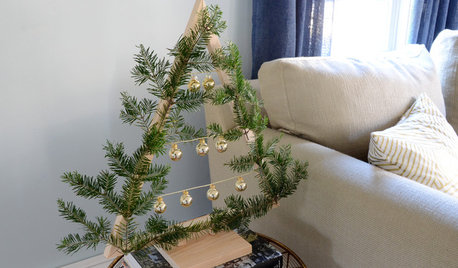
CHRISTMASHoliday DIY: Charming Wooden Tabletop Christmas Tree
Combine dowels, evergreen branches, gold wire and ornaments to create a holiday tree you can use for years
Full Story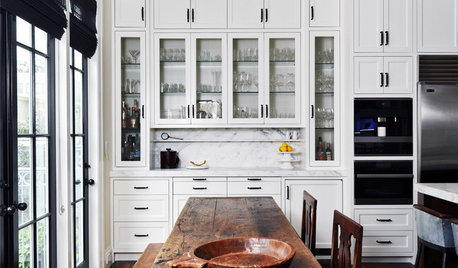
KITCHEN MAKEOVERSNew Black-and-White Kitchen Honors Its Traditional Roots
Wire mesh cabinets, a farmhouse table and classic marble keep this San Francisco kitchen connected to its past
Full Story
GARDENING GUIDESThe Beauty of Bare-Root Plants
Plant dormant trees and shrubs in fall using the easy, affordable bare-root method and enjoy beautiful results in spring
Full Story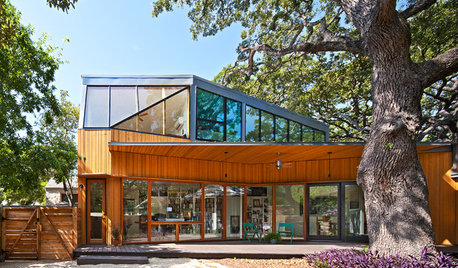
ADDITIONSHouzz Tour: Tree Respect Drives a Dynamic Modern Addition
Protecting a heritage oak calls for creative thinking, and this Texas home shows the successful result
Full Story
FALL GARDENING6 Trees You'll Fall For
Don’t put down that spade! Autumn is the perfect time for planting these trees
Full Story
HOUZZ TOURSHouzz Tour: Tree House Living Inspires Southern Home
Embracing nature but with comforts like a hanging hot tub, this South Carolina house lets the homeowners enjoy the best of both worlds
Full Story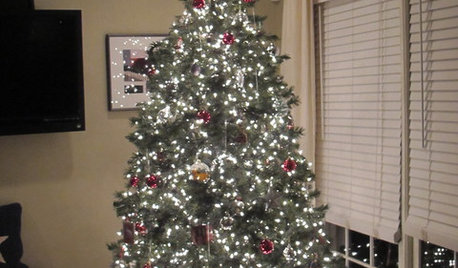
CHRISTMASHow to Light Your Christmas Tree Like a Pro
Give yourself frustration-free tree lighting this year — the trick is clever cord management
Full StoryMore Discussions






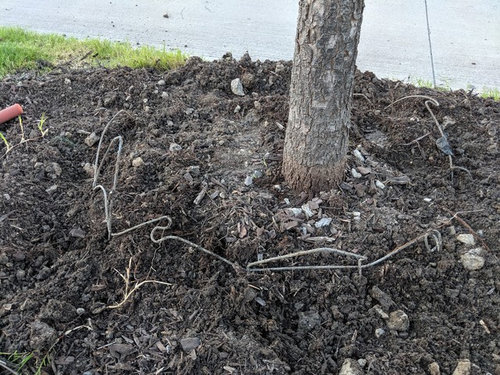
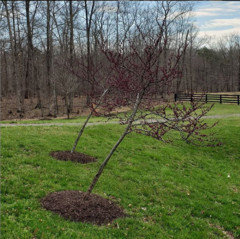
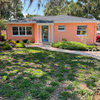
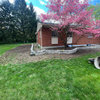


treebarb Z5 Denver